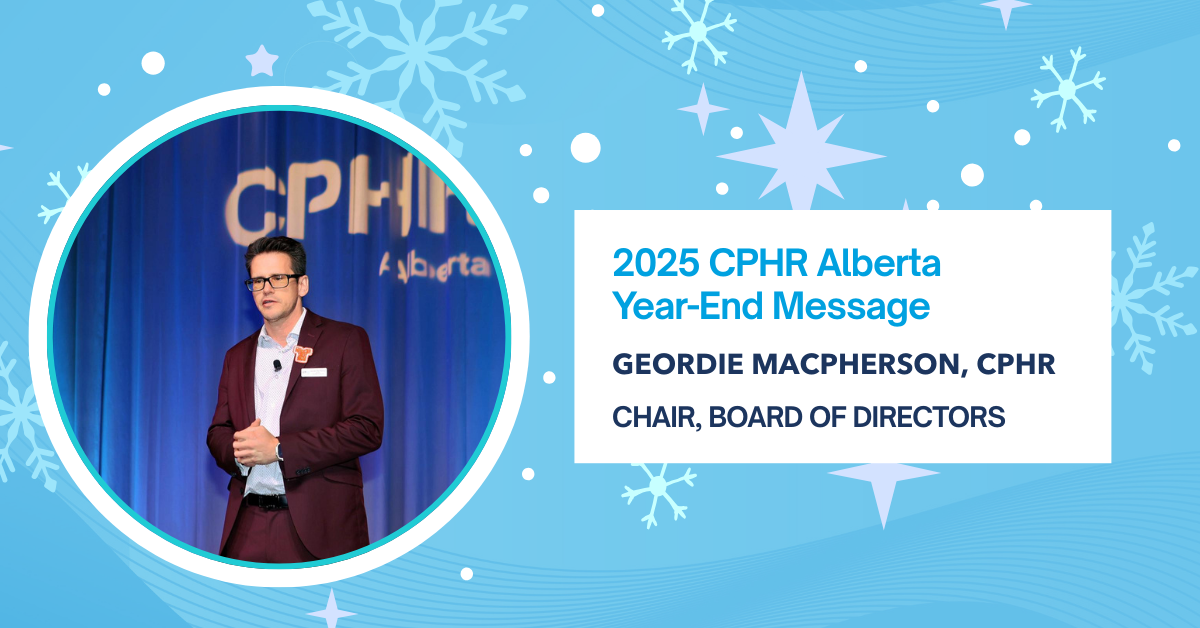
My Journey Towards Understanding Truth and Reconciliation

Author: Joelle Mason, HR Generalist CPHR Candidate
Canada became a country on July 1, 1867, and just nine years later in 1876, the Indian Act was passed into law by parliament.
The Indian Act is the primary law the federal government used to administer Indian Status. This Act subsumed a number of colonial laws that aimed to eliminate First Nations culture in favour of assimilation into Euro-Canadian Society. A primary method of assimilation were government and church-sponsored, religious schools called residential schools. These schools removed children from their homes and were a system designed to kill the Indian in the child. Residential schools still impact Indigenous People through intergenerational trauma. It was shocking to learn that the last residential school only closed in 1996, when I was a child.
The Indian Act had and continues to have an enormous impact on Indigenous People. Including imposing the elected chief and band council system. Prior to European contact, many nations had their own distinctive political institutions, traditions, leadership systems, economy’s, cultures, and autonomous control over their territories and resources. Having an imposed chief and band council system placed upon them took away from their traditional methods of governing themselves. This example and much more were laid out in the eye-opening book titled 21 Things You May Not Know About the Indian Act by Bob Joseph.
The Truth and Reconciliation Commission of Canada The Truth and Reconciliation Commission of Canada (TRC) was created through a legal settlement between Residential school survivors, the Assembly of First Nations, Inuit representatives and the parties responsible for the creation and operation of the schools: the federal government and the church bodies. Their mandate was to inform all Canadians about what happened in residential schools.
The TRC has a recorded testimony of more than 6,000 survivors affected by residential schools. Over more than a century, it is estimated approximately 150,000 Indigenous children were separated from their families and communities and forced to attend one of 139 residential schools across Canada.
Moment of Reflection
Canada’s treatment of Indigenous people through methods imposed by the Indian Act led to many appalling and horrible consequences for their communities and culture that are still in place today.
These are facts; they are not easy, they are uncomfortable, but unfortunately, they are a reality. Part of honouring this day is acknowledging these truths as a first step to help us move toward reconciliation.
On the Road to Reconciliation
One of the most important outcomes of the Truth and Reconciliation Commission of Canada were their . 94 Calls to Action.
These calls to action outline actionable steps towards reconciliation. For example, Call to Action 80 specifically called for a statutory holiday to honour survivors, their families and communities. As a result, National Day for Truth and Reconciliation is now a federally recognized statutory holiday on September 30.
- Read the United Nations Declaration on the Rights of Indigenous People.
- Read the TRCs 94 Calls to Action
- Spend time reading and learning more. Some books that were recommended to me are: 21 Things You Did Not Know About the Indian Act, Indigenous Relations - Insights Tips & Suggestions to make Reconciliation a Reality
Start with Local Understanding:
- Learn about the First Nations from where you live https://native-land.ca/
- Take some time to research about the First Nations who are traditional to your area
- Check the internet to see if there is a website or somewhere to learn more about relevant topics in their community.
- Look for an event calendar to see if you can attend an event and learn about their cultural norms.
- Be respectful, do your best to research and see what the appropriate norms when attending an event.
- Sign up for a newsletter.
- Follow content creators across different social media platforms.
- Pronunciation is important, google how to properly pronounce their traditional names.
- Educate yourself about the diversity amongst Indigenous Peoples. There might be some cultural differences to consider such as teachings around interconnectedness of all living beings and differences in communication styles. Remember, not all Indigenous people are alike and there is much diversity within communities as well.
- If possible, ensure that what you are learning has been authenticated appropriately by Elders and Knowledge Keepers.
- If you are based in Calgary this was a resource recommended to me https://calgaryfoundation.org/about-us/reconciliation/land-acknowledgement/
- Assess your current situation are you in a learning/education phase where you need to educate more about our past truths or are you in an implementation phase and are able to being incorporating reconciliation actions within your community.
- Incorporate a book club into your organization that covers the cost of books your team can read from Indigenous Authors.
- Advocate for your leadership to acknowledge National Day for Truth and Reconciliation in your organization.
- Create a standing agenda item for your team to continuously revisit Call to Action 92 and brainstorm ways to incorporate reconciliation processes into your organization.
- Ensure this is a separative initiative that is not lumped under the umbrella of Diversity, Equity, Inclusion, and Belonging.
- Provide resources to your team for those who want to learn more. The University of Alberta has a fee course called Indigenous Canada This course also has a paid component where certificates can be awarded upon successful completion.
- Implement professional development days that focus on Indigenous people, Metis and Inuit matters.
- Invite an Elder to your organization and ensure you follow protocols to welcome them in a good way.
As an HR Professional of a small business (26 employees), here are the actions I will take within my own company to begin incorporating Call to Action 92:
- Acknowledge National Day for Truth and Reconciliation in our organization as a Statutory Holiday.
- Send out a MS Teams Post about National Day for Truth and Reconciliation: Acknowledging what has been covered in the media about Every Child Matters and create a conversation.
- Encourage our team to wear an orange shirt on September 30 and educate them on the background significance of this.
- Research local Indigenous artists to acquire our orange shirts from.
- Share Call to Action 92 with our team and brainstorm ideas as to how we can incorporate it.
- Create a standing agenda item to continuously revisit call to action 92.
- Share resources for them to learn more. For example, this free course Indigenous Canada | University of Alberta (ualberta.ca).
- Purchased alliedFutures Project Toolkit – A guided knowledge sharing series led by a community of settlers, Elders and Knowledge Keepers. It is an educational toolkit to get informed, unlearn and unsettle.
The views and opinions expressed in this blog post belong solely to the original author(s) and do not necessarily represent the views and opinions of CPHR Alberta.
The views and opinions expressed in this blog post belong solely to the original author(s) and do not necessarily represent the views and opinions of CPHR Alberta.





